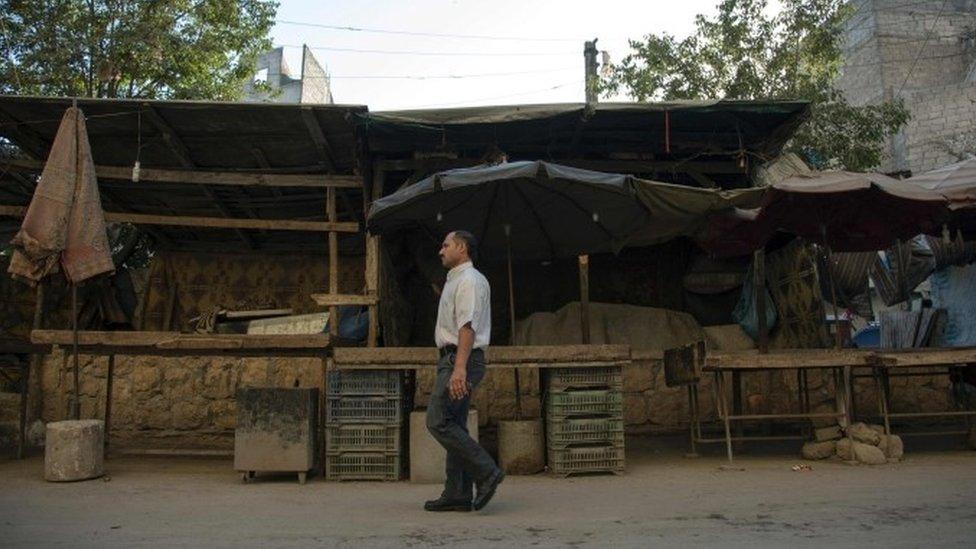Swallows and Amazons: The Syria connection
- Published
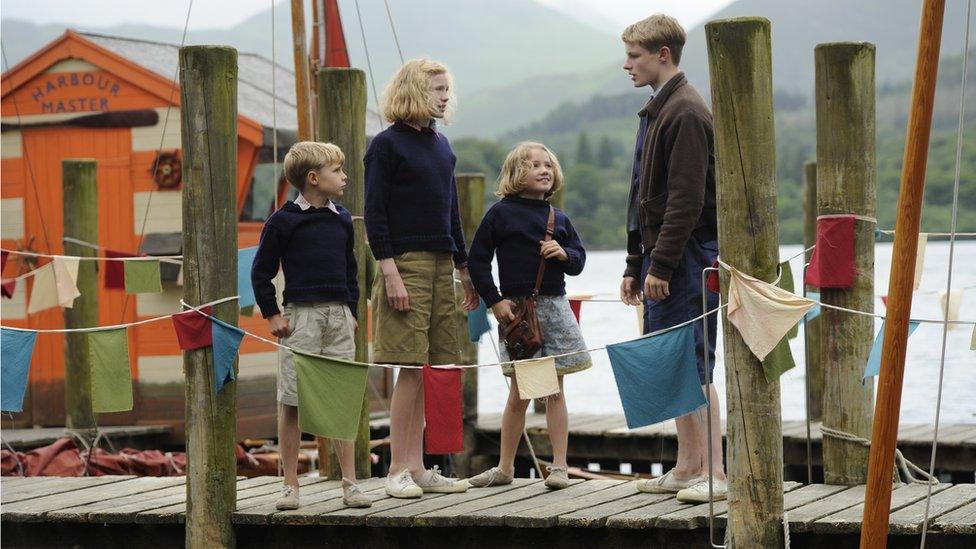
Arthur Ransome in later life tried to put some distance between his fictional Walker family - pictured here in the new film - and the children he based them on
It is a well-known tale of high adventure for four children in the 1930s who set off in their sail boat one summer to reach an uninhabited island in the middle of Coniston Water, in the English Lake District.
And Arthur Ransome's famous book about the Walker children - John, Susan, Titty and Roger - is being retold in a new film that comes out on Friday.
But the blonde-haired, quintessentially English children of the film look nothing like the four youngsters who initially inspired Swallows and Amazons. They were Taqui, Susan, Mavis (known to her family as Titty) and Roger Altounyan, an Anglo-Armenian family who lived in Aleppo in Syria.
The Altounyans met Arthur Ransome while on holiday in the Lake District in 1928, and it was their experiences of learning to sail that gave him the idea for his story.
Taqui - a girl who became John in the book, much to her disappointment - would later recall how "Uncle Arthur" helped their father Ernest buy two boats, one of them called Swallow, and would watch them from the pier.
"He would get very testy if he saw us behaving like duffers, ie, in an unseamanlike way," she wrote in her book In Aleppo Once. "Duffers" becomes a key phrase in Swallows and Amazons.
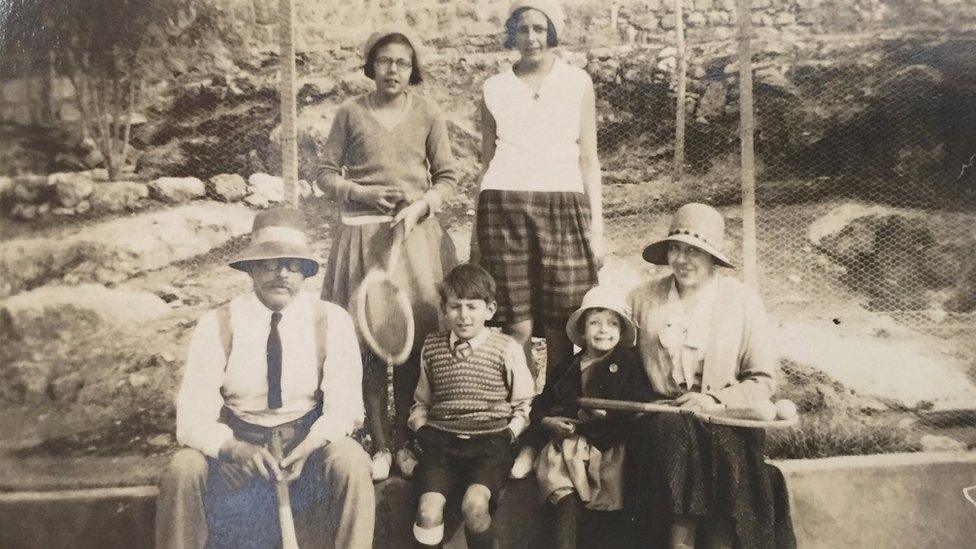
Arthur Ransome, left, in Aleppo with some of the Altounyan children including Titty (second left) and Roger (front centre)
Turkish slippers
The Altounyans may have lived in Aleppo - where Ernest ran his family's renowned hospital - but they knew the Lake District well.
Their mother Dora was the daughter of William Collingwood, writing partner and secretary to the great Victorian art critic and social thinker John Ruskin, and the family home lay on the edge of Coniston Water.
Ransome was an old friend of Collingwood, and had moved to the Lake District with his Russian wife Evgenia, who had been Trotsky's secretary when they met in Moscow.
Taqui writes that when the family headed back to Syria after their holiday in 1928, they left Ransome pondering whether he should give up his career as a foreign correspondent to write books.
It was a surprise, she says, when one morning a parcel arrived with a book called Swallows and Amazons. It carried the dedication: "To the six for whom it was written in exchange for a pair of slippers" - a reference to the parting gift they had given him of a pair of scarlet Turkish slippers.
She says Ransome later told her he had to turn her into John in order to have another boy in the story. "Titty and Roger were very true to life, Susie we thought a little too good," she wrote.
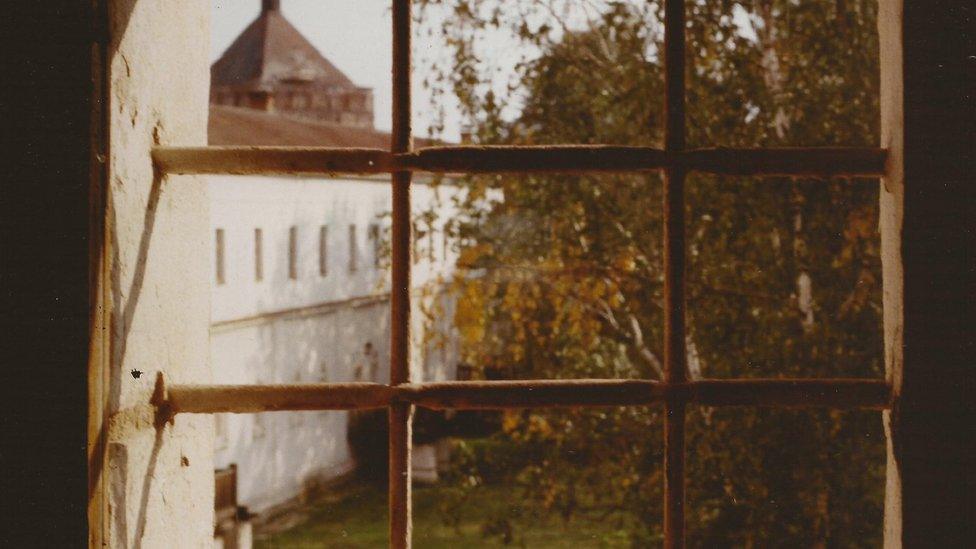
The Altounyan's hospital in Aleppo was seen as innovative for its time
But the excitement of being the characters in a novel would wane over the years as Swallows and Amazons and its 11 follow-up books turned into a massive success. This was particularly true when the family settled in England.
"They were embarrassed about it," explains Barbara Altounyan, daughter of Roger, who is an audio biographer, external. "They just wanted to be like everyone else, which was hard enough for them at the time."
Her father, she says, did not mind so much. "But Titty hated it," she adds.
Cooling friendships
And the relationship between the Altounyans and Ransomes did cool. This may have begun in 1932, when the Ransomes visited Aleppo (bringing with them, by ship, a sailing boat called Peter Duck).
The Ransomes offered to take the then teenage Titty back to England with them, upsetting her parents.
"Uncle Arthur always liked Titty," explains Barbara.
"She was very artistic and imaginative, and so they had a lot in common in that respect. He used to send her snippets of his new book and pictures that he had started to draw, which she could finish. Those pictures ended up in some of the books."
Ransome had "basically insinuated that Aleppo was not a good place to bring up Titty, and they could give her a better life and education in England," says Barbara. Her parents "took great offence, and Arthur and Evgenia left very abruptly".
Rafe Spall and Kelly Macdonald talk about the Swallows and Amazons re-make
Ransome was also keen to put some distance between his characters and the Altounyan children, later suggesting his books had also been inspired by his own childhood, holidaying in the Lakes with his own brother and two sisters.
"It is important to stress that the Swallows are fictional characters," says Sophie Neville, external, President of the Arthur Ransome Society, external.
"Yes, they are based on the Altounyan children, but Ransome wanted them to be readily identifiable for any child."
Famous hospital
Aleppo in recent years has become synonymous with the brutal civil war raging in Syria. Much of it has been destroyed in the sustained fighting between rebels and government forces, and its two million citizens are deprived of basic amenities, food and medicines.
It is a devastating present for a city with such a rich past. One of the world's oldest cities, Aleppo is located at the crossroads of several ancient trade routes, and is thought have been inhabited since 5,000 BC.
The Altounyan hospital was established in the 1890s in the shadow of the city's 13th Century citadel and close to the souks and khans of the Old City.
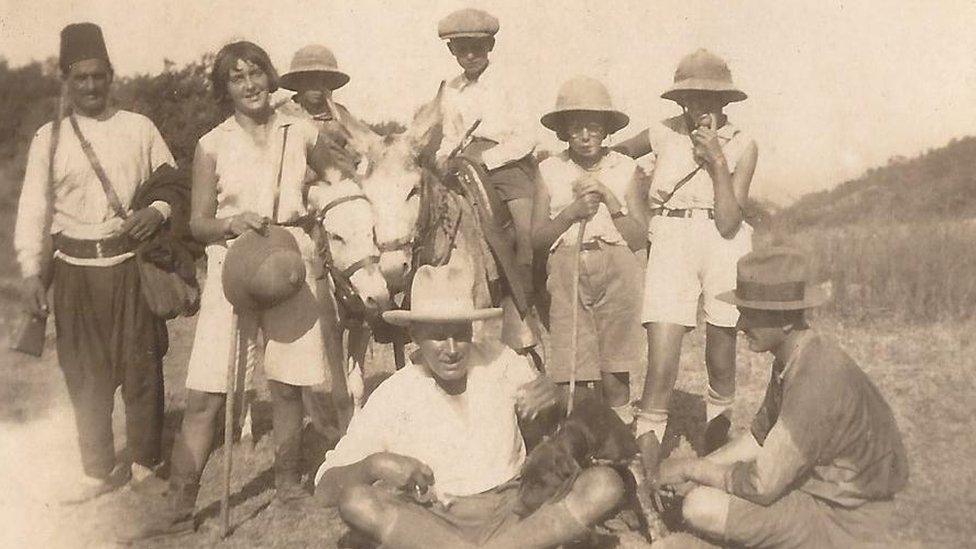
The Altounyan family in Syria in the 1930s
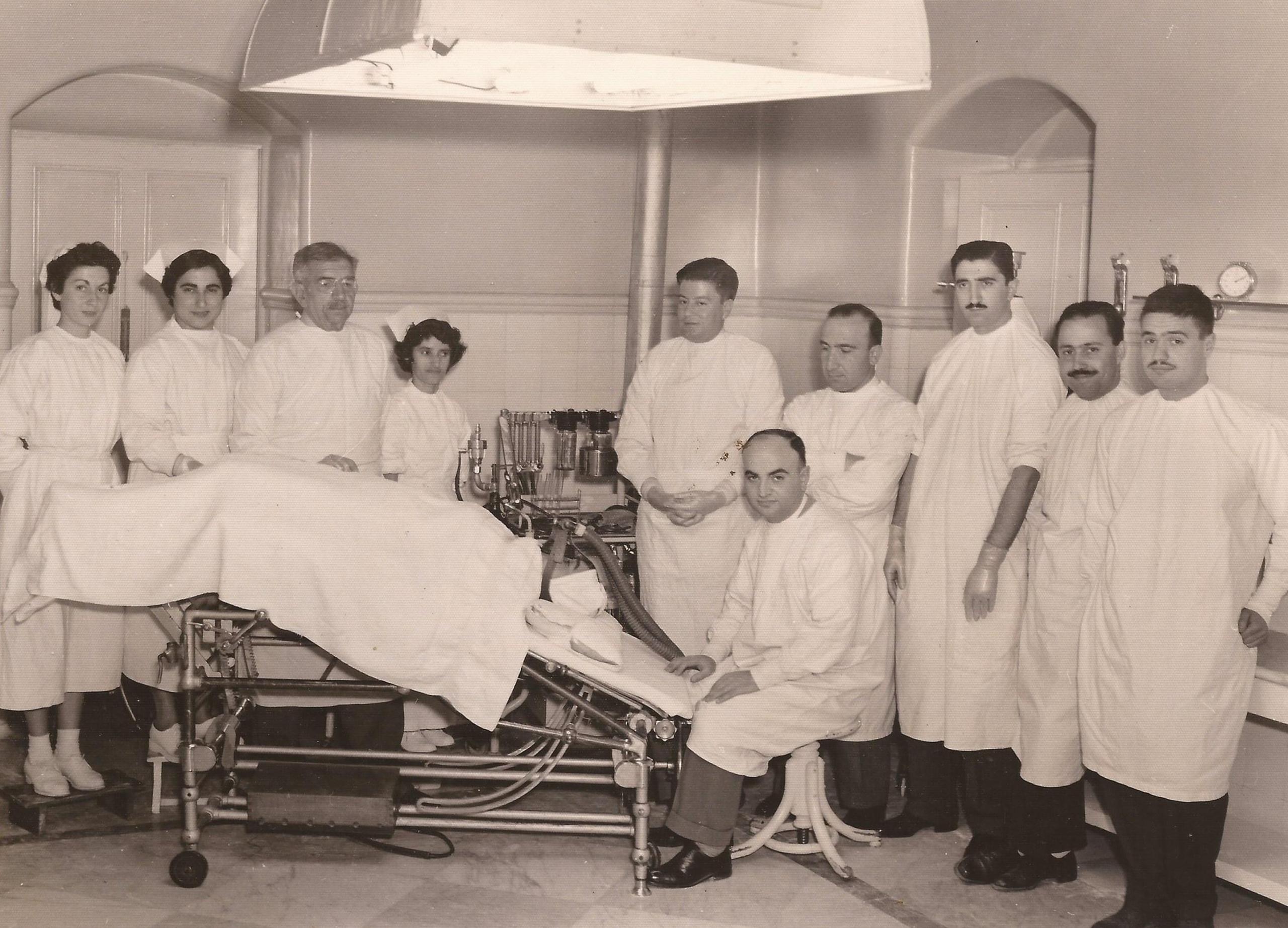
The hospital welcomed a number of famous clients
It was built by the children's grandfather who had spent time learning medicine in the US and the UK. He and his wife, an Irish-Scottish nurse, modelled the hospital on those they had encountered in the West - it would receive regular shipments of equipment and staff from the UK.
As a result, the hospital gained a reputation among dignitaries, colonialists and expatriates as the place to be treated in the region.
Agatha Christie passed through on her way to the digs of northern Syria with her archaeologist husband Max Malloran. Family friend TE Lawrence - Lawrence of Arabia - was treated for tuberculosis at the hospital. EM Forster stayed too.
Barbara admits the family lived a life many in Aleppo would not have experienced: "They did live a very privileged life out there. They had a huge house, with lots of servants."
But, she says, the wealthy clients allowed the Altounyans "to treat ordinary Syrians for free", and tells the story of Roger - who also became a doctor - treating a beggar's son to walk again over the course of two years.
The family's links with Aleppo were severed in the late 1950s, after the Suez crisis, when the Syrian government told them they had 48 hours to leave the country.
Titty and her parents settled in the Lake District. Roger went on to invent a breakthrough inhaler for asthma sufferers.
The family home in Aleppo was flattened, says Barbara, and the hospital was turned into a military school.
- Published16 August 2016
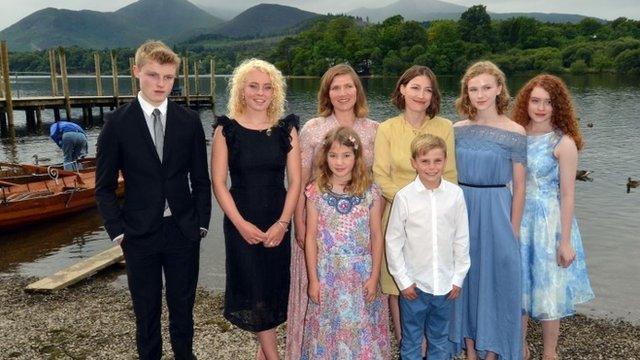
- Published29 May 2014
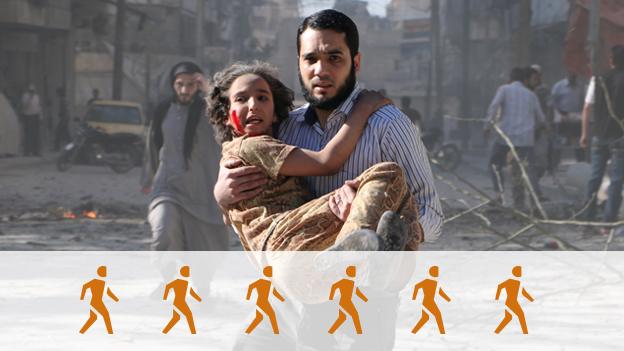
- Published13 April 2016
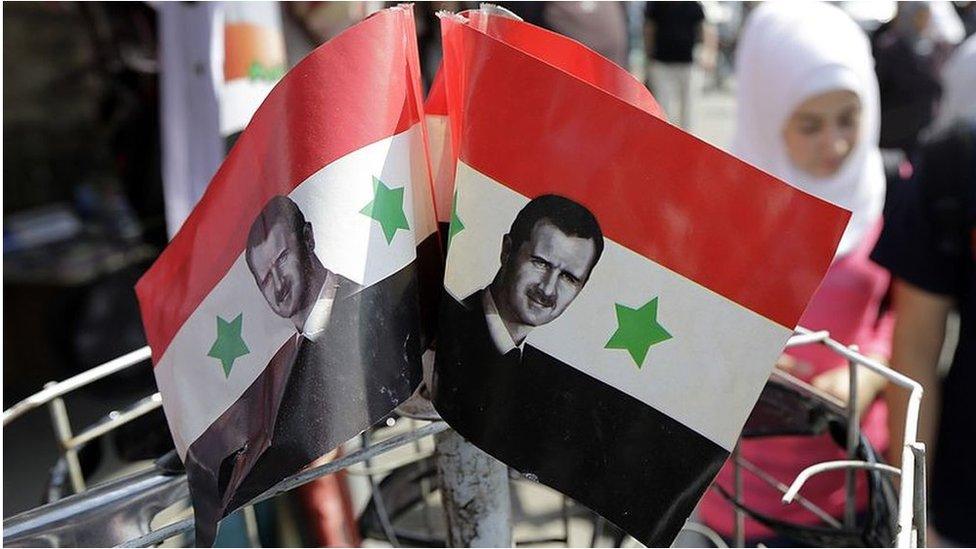
- Published28 November 2016
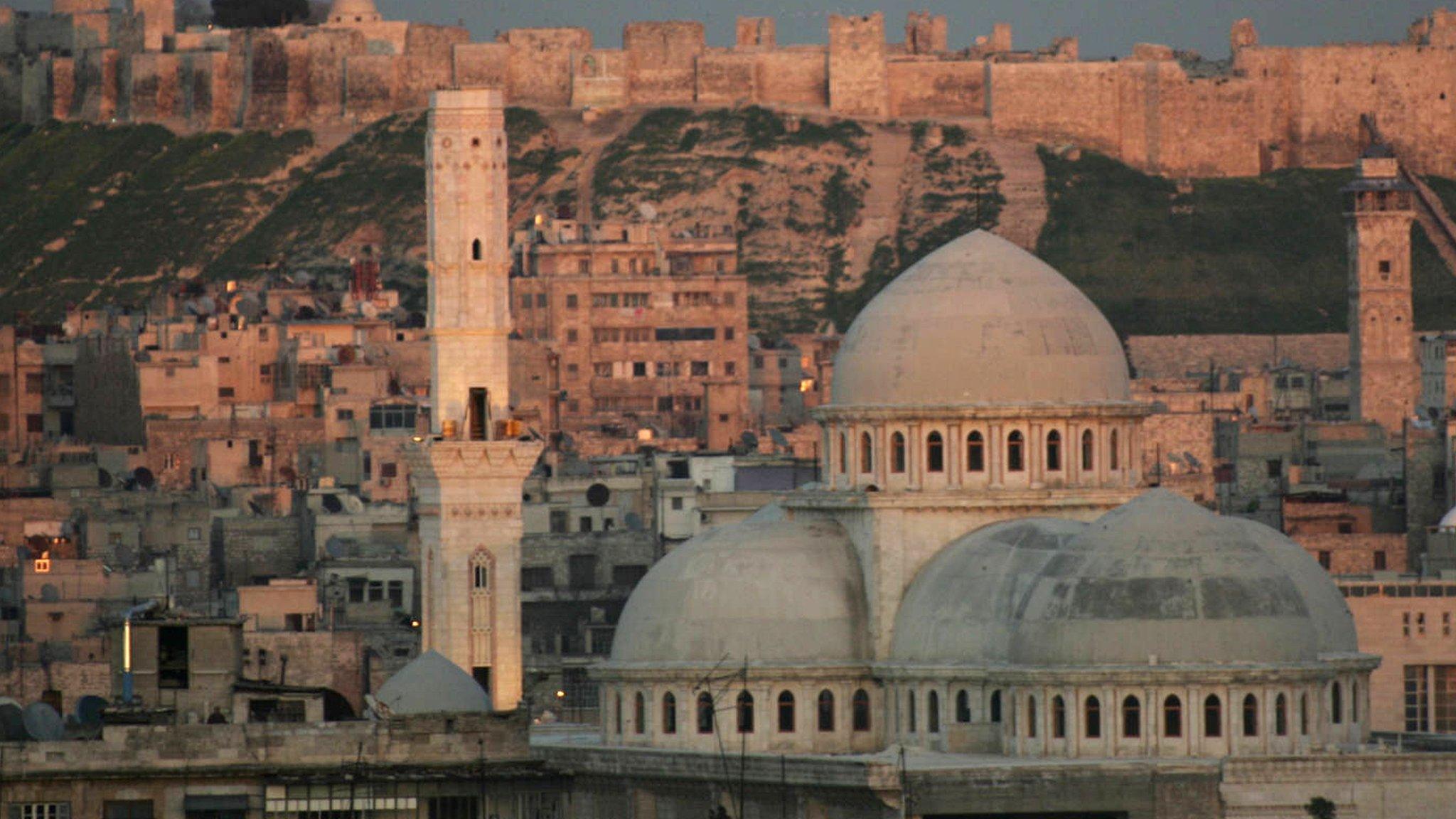
- Published14 August 2016
